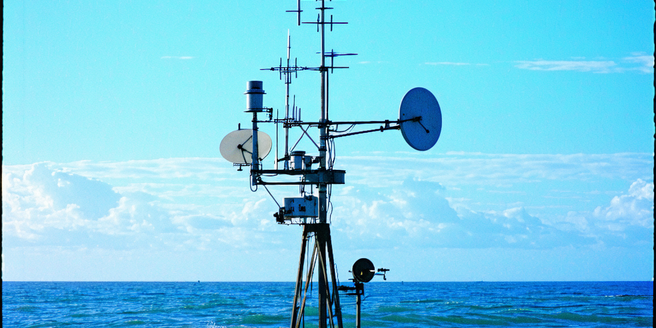
Understanding Forecast Accuracy Metrics
Forecast accuracy is the degree to which a weather forecast aligns with actual weather outcomes. Accurate forecasts depend on a variety of metrics, including temperature, precipitation, wind speed, and more. Evaluating these metrics involves comparing predicted values against actual observed values over a given time frame, commonly known as the forecast verification process. This enables meteorologists to assess performance through accuracy metrics such as Mean Absolute Error (MAE) or Root Mean Square Error (RMSE). Understanding these metrics is crucial for both developers and users, allowing them to improve algorithm designs and set realistic expectations for forecast reliability. Enhancing accuracy involves leveraging model output statistics and integrating real-time data assimilation techniques. Continuous monitoring and adaptation are critical to refining these metrics and improving forecast reliability over time.
Comparing Top Weather Apps
Comparing top weather apps requires assessing their user experience, accuracy, and available features. Key players in the industry include The Weather Channel, AccuWeather, Dark Sky, and Weather Underground. Each app integrates unique data sources and algorithms to predict the weather. Factors such as interface design, ease of navigation, and update frequency play crucial roles in influencing user preference. While one app may excel in hourly forecasts, another might provide superior long-term predictions. To accurately compare, users should look at review aggregations, updates on app stores, and consistency in delivering reliable forecasts. Frequent updates and improvements indicate an app’s commitment to maintaining accuracy and user satisfaction. Evaluating weather apps holistically ensures users select the best tools tailored to their personal needs and geographical conditions.
Factors Influencing Prediction Reliability
Prediction reliability depends on various factors including data quality, algorithm robustness, and real-time computation capabilities. High-quality data collection from satellites, radars, and ground stations forms the foundation for accurate predictions. Advanced algorithms must efficiently process this data, adopting machine learning and AI for improved precision. Computational power is also integral, as rapid data processing ensures timely updates to forecasts. Geographical variations can lead to differing predictions, meaning localized models often yield better results. Additionally, meteorological phenomena, such as sudden storms or rapidly changing weather patterns, challenge prediction accuracy. Constant improvements in data assimilation and model sophistication are necessary to accurately capture these dynamic conditions. Cross-disciplinary collaboration, combining meteorology with technology advancements, is key to enhancing overall prediction reliability.
User Experiences and Feedback
User experiences and feedback play a pivotal role in refining weather apps. As end-users engage with these tools daily, their insights provide developers with valuable information on performance, features, and usability. Users appreciate apps that offer intuitive interfaces, reliable forecasts, and customizable alerts. Negative feedback often highlights issues like inaccurate weather predictions, excessive ad interruptions, or difficult navigation. Developers must prioritize addressing these pain points, considering user feedback as an iterative process to enhance app functionality. Surveys, app store reviews, and direct feedback platforms are instrumental in gathering diverse opinions. By actively responding to user feedback, developers can create a loyal user base and achieve higher satisfaction rates. This collaborative approach ensures that weather apps remain user-centric and technologically robust.
Tips for Choosing a Reliable Weather App
When choosing a reliable weather app, consider several factors to ensure you receive accurate and timely forecasts. First, research the app’s data sources; reliable weather apps often integrate data from multiple, reputable organizations. Evaluate the app’s user interface for readability and ease of use. Customization options, such as setting locations or preferred alert types, can enhance your experience, making the app more user-friendly. Check the app’s update frequency—frequent updates often indicate ongoing improvements in accuracy and features. Read reviews to gauge other users’ experiences and any common issues. Ensure the app addresses your specific needs, whether for detailed hourly forecasts or long-term weather predictions. Choosing an app with a strong track record of positive user feedback and consistent performance will enhance your weather-tracking experience, offering peace of mind whatever the weather may bring.
